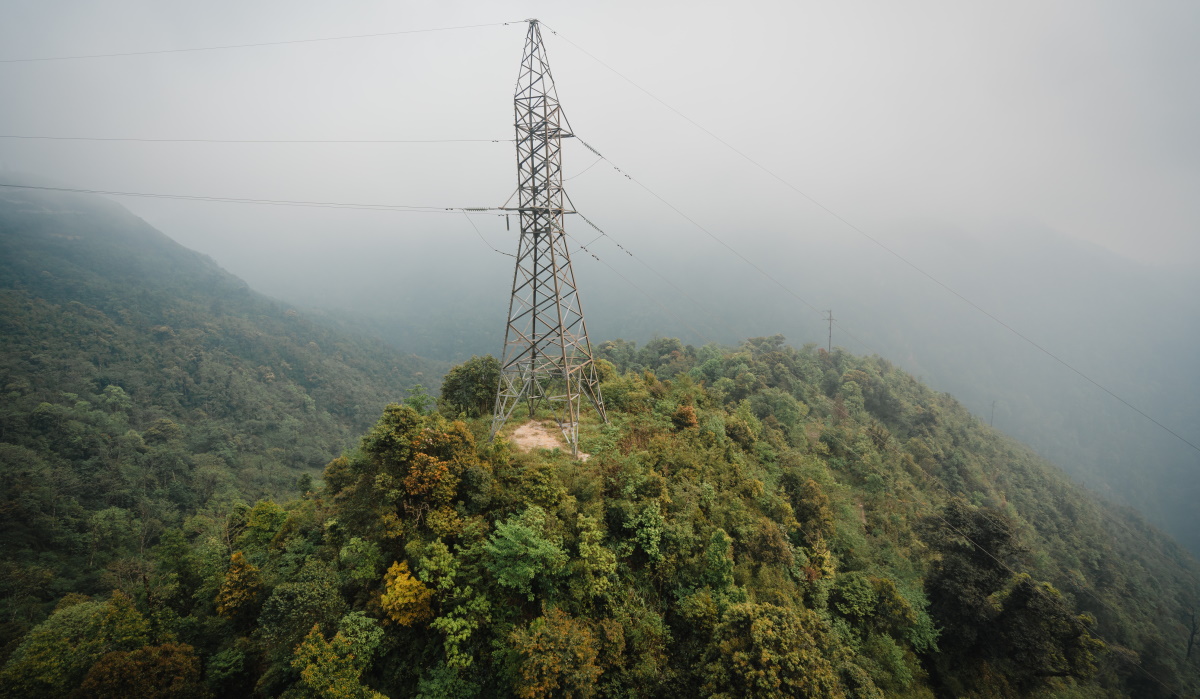Decarbonising heat in homes
Response to the Consultation on Decarbonising Heat in Homes run by the Business, Energy and Industrial Strategy Committee
Written by Dr Jake Barnes, Dr John Rhys, and Dr Sivapriya Bhagavathy
Submitted on behalf of the Oxford Martin Programme on Integrating Renewable Energy, 4 December 2020
>>Comment on the distribution of environmental levies across electricity and gas and their impact on domestic heat decarbonisation
We welcome the Committee’s focus on the distribution of environmental levies as a driver for and/or against the deployment of low carbon heating in the domestic sector. Environmental levies, social levies, such as the Warm Homes Discount, and the existing tax regime – including the EU Emissions Trading Scheme and its proposed successor, as well as the UK carbon floor price – compromise the economics of low carbon heating technologies, particularly those technologies that utilise electricity.
Our research1, recently published in the journal Energy Policy, suggests that the current distribution of environmental and social levies alongside the existing tax regime has a strong, negative impact on the economics of many domestic electrified heating technologies, particularly heat pumps. This is because environmental and social levies have been applied, for a variety of policy decisions, more heavily on domestic electricity bills than gas. According to our modelling this results in heat pumps having comparable total annual fuel costs to that of gas boilers where a seasonal performance factor of 3 achieved. The unequal distribution of levies across electricity and gas negatively impacts the financial attractiveness of heat pump annual running costs. Moreover, expected increases in environmental and social levies over the following decade will make all electrified domestic heating less competitive over time. In other words, the impact of environmental and social levies is expected to negatively affect the economics of heat pumps even more in the future.
Revising the balance of environmental and social levies between electricity and gas would therefore help address the disparity in annual running costs of gas boilers and electrified domestic heating, especially heat pumps. However, we recognise that making heat pumps financially attractive to households will also require reducing the large up-front costs associated with their purchase and installation, which remain significantly higher than gas boilers.
But, environmental and social levies are not the only issue. Network tariffs, and the allocation of the fixed costs inherent in networks, also create significant problems.
Our work2 with the Energy Systems Catapult into the fixed charges components of energy bills – including network, environmental and social costs – and their distribution between standing charges and the unit prices of electricity and gas further suggest that current pricing arrangements and tariff structures discourage the switch from gas boilers to electrified low carbon domestic heating.
The study points out that different consumers may pay very different contributions for the same fixed costs of making energy supply available, such as transmission and distribution charges. Total fixed costs are currently recovered through the unit price, i.e. by averaging over all kWh sold. While this may seem “fair”, it is not a cost reflective approach, and consequently penalises the penetration of low carbon solutions, notably heat pumps, into the heat sector.
Taken together the current balance of environmental and social levies between electricity and gas bills and between standing charges and unit prices result in the following:
- Consumers installing generation assets on their own premises, such as solar PV or diesel generation, under-pay their correct share of fixed costs and environmental levies. This is because they avoid many of the costs recovered in unit pricing by generating their own electricity;
- Consumers installing low-carbon demand technologies, such as heat pumps, will pay a higher than appropriate share of fixed network costs as well as levies. The annual running cost of their heat pumps will be higher than they should be.
In practice, this means artificial incentives are created to build small ‘on-site’ generation for own use, as opposed to larger generation units (at regional or national scale), and an artificial dis-incentive has been created for the shift to electrified heating, widely seen as an essential element in progress to a low carbon economy.
The study argues that rebalancing fixed and volumetric charges into the standing and unit prices respectively, would recover fixed costs more efficiently and be more consistent with progress towards a low carbon economy. Moreover, spreading environmental and social levies more evenly between gas and electricity bills would improve the efficiency of the system and rectify artificial incentives that favour domestic renewable generation and operate against low carbon demand technologies, like heat pumps. Moving environmental and social levies away from energy bills altogether and into general taxation would have a greater, more progressive effect. As a result, the annual operating costs of a heat pump could be lower than that of a gas boiler thereby aiding their take up.
In answer to question 5, we argue the existing distribution of social and environmental levies, as well as taxes across electricity and gas bills, should be reviewed.
References:
1 Barnes, J., & Bhagavathy, S. M. (2019). The economics of heat pumps and the (un)intended consequences of government policy. Energy Policy, December, 111198. https://doi.org/10.1016/j.enpol.2019.111198
2 Rhys, John (2018) Cost Reflective Pricing in Energy Networks, available from https://www.oxfordmartin.ox.ac.uk/publications/cost-reflective-pricing-in-energy-networks/ and https://es.catapult.org.uk/wp-content/uploads/2018/10/Cost-Reflective-Pricing-in-Energy-Networks.pdf





One thought on “Decarbonising heat in homes”
Comments are closed.